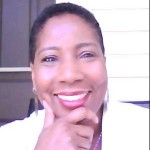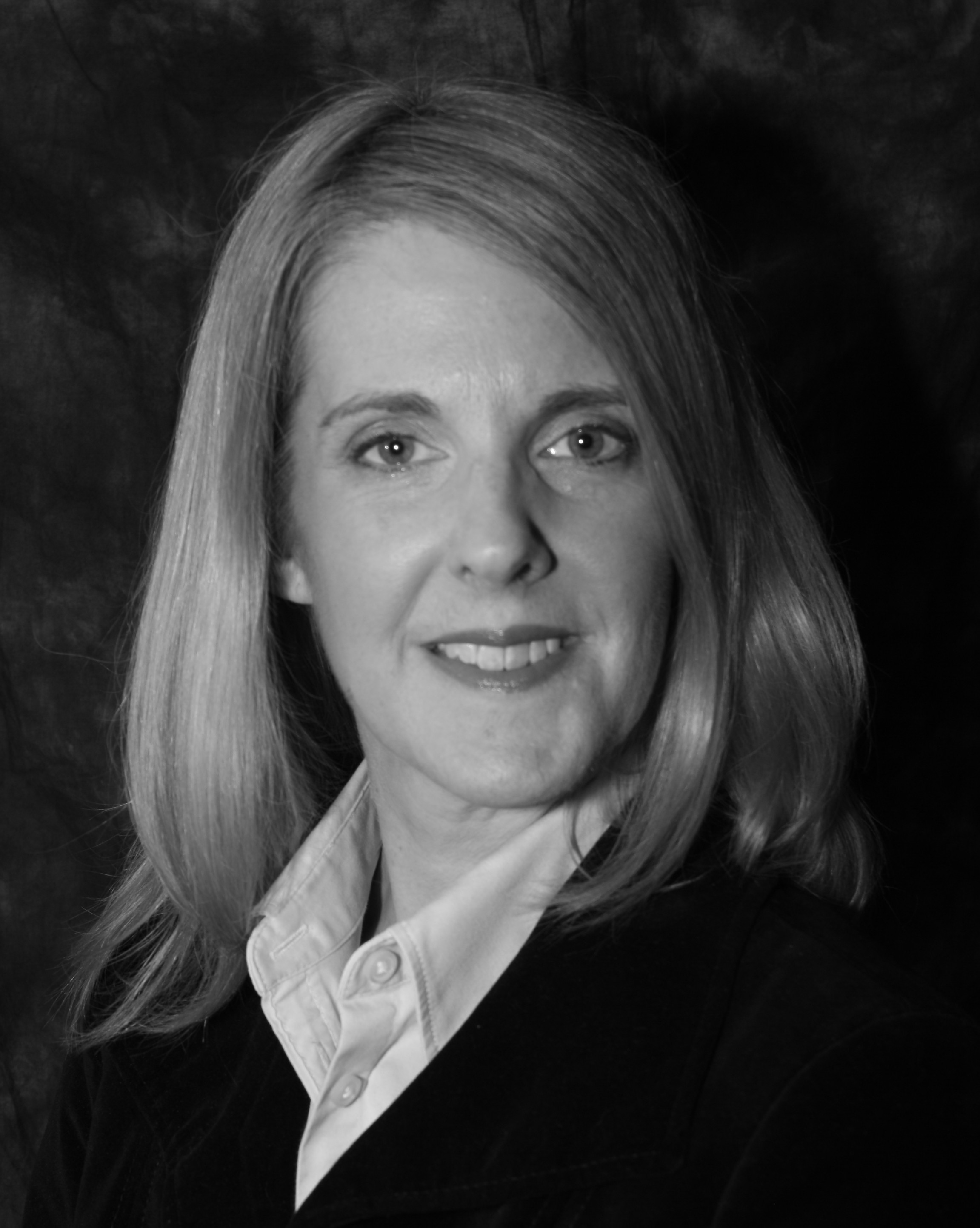I had that moment this week.
You know the moment.
 This moment is different from the beginning of school, when everyone is excited to be back. This moment happens after my sixth grade students start to remember that:
This moment is different from the beginning of school, when everyone is excited to be back. This moment happens after my sixth grade students start to remember that:
➢ They really have to do homework and,
➢ There are going to be lessons that are difficult and,
➢ Dion likes Ann instead of Mayze or Mayze likes Dion instead of George.
And I:
➢ Actually have to listen to why Dion likes Ann instead of Mayze and explain (again) that they are in the sixth grade and are in my classroom to learn MATH.
➢ Remember that there is a time when the honeymoon is over.
➢ Sometimes, just sometimes, wonder why I was so excited to come back from summer vacation. So much so, in fact, there may have been days when I started to look forward to (and perhaps even count) the days until Christmas.
➢ See a light at the end of the tunnel and wonder if it is a train heading straight for me.
Just before that moment, I have produced progress reports and lesson plans and checked papers all weekend. I have assessed knowledge and disaggregated the data. I have had myriad conversations with colleagues and parents and students. I have revised lesson plans and searched for ways to re-teach and challenge students.
 Then it happens. It is like the compact florescent lamps (CFLs). You know, the energy efficient bulb that turns on and takes a minute to become its brightest self. The light coming toward me gets brighter… (As you read this, you may think one of two things is about to happen – I am going to be wonderfully surprised or run over by that train.) The light gets brighter and brighter and suddenly, guess what? The lights are bright all over the classroom! Even Mayze, Dion, Ann, and George are completely engaged and the air in the room shifts.
Then it happens. It is like the compact florescent lamps (CFLs). You know, the energy efficient bulb that turns on and takes a minute to become its brightest self. The light coming toward me gets brighter… (As you read this, you may think one of two things is about to happen – I am going to be wonderfully surprised or run over by that train.) The light gets brighter and brighter and suddenly, guess what? The lights are bright all over the classroom! Even Mayze, Dion, Ann, and George are completely engaged and the air in the room shifts.
 I breathe a sigh of relief that it was not a train, but rather brains becoming adjusted to thinking and considering and probing and analyzing. The air becomes full of questions and hypotheses. Understanding and synthesizing information becomes the order of the day. New ideas, new connections. Oh my! Light bulbs start turning on all over the room. I breathe in this creative air and in my head I scream “Yes!”
I breathe a sigh of relief that it was not a train, but rather brains becoming adjusted to thinking and considering and probing and analyzing. The air becomes full of questions and hypotheses. Understanding and synthesizing information becomes the order of the day. New ideas, new connections. Oh my! Light bulbs start turning on all over the room. I breathe in this creative air and in my head I scream “Yes!”
Suddenly, I know why. Why what? Why I come back year after year. Why I keep pushing and cajoling and pressing and questioning even on the days it seems nothing is getting through to my students. Why I keep answering the same questions over and over again with different words in different ways. Why I fight to build the bridge that connects what is known to what is new.
I end up reminding myself:
- If it has not happened yet, be patient.
- Have confidence in myself and my students.
- Keep building those bridges one nail and one board at a time.
- Believe the lights WILL come on!
 Marcia Bonds is a 6th Grade Math and English Language Arts Teacher at Key School in the Oak Park School District. She has been teaching for 17 years. Marcia is a member of the Core Leadership Team of the Oakland Writing Project and was a co-facilitator of the 2014 Oakland Writing Project Summer Institute. She has facilitated professional development on inquiry-based learning for the Oak Park School District.
Marcia Bonds is a 6th Grade Math and English Language Arts Teacher at Key School in the Oak Park School District. She has been teaching for 17 years. Marcia is a member of the Core Leadership Team of the Oakland Writing Project and was a co-facilitator of the 2014 Oakland Writing Project Summer Institute. She has facilitated professional development on inquiry-based learning for the Oak Park School District.

 Engagement–what does it mean? How do we foster engagement in our classrooms? Like Marcia, I see learner identity as a key part of engaging learners. The idea of mindset playing a role in how a learner engages is well
Engagement–what does it mean? How do we foster engagement in our classrooms? Like Marcia, I see learner identity as a key part of engaging learners. The idea of mindset playing a role in how a learner engages is well  Not long ago, I came across Staci Hurst’s
Not long ago, I came across Staci Hurst’s 
 Susan Wilson-Golab joined Oakland Schools in 2010 following 22 years of in the field 6-12 experience across two different states and rural, suburban, and urban contexts. Her research and practice focus heavily on the evolving definition of literacy, developmental learning progressions, and formative assessment. At the district level, Susan has served as classroom teacher, Literacy Specialist, and ELA Curriculum Coordinator. These experiences and study helped Susan in her role as Project Leader for developing a
Susan Wilson-Golab joined Oakland Schools in 2010 following 22 years of in the field 6-12 experience across two different states and rural, suburban, and urban contexts. Her research and practice focus heavily on the evolving definition of literacy, developmental learning progressions, and formative assessment. At the district level, Susan has served as classroom teacher, Literacy Specialist, and ELA Curriculum Coordinator. These experiences and study helped Susan in her role as Project Leader for developing a  Overview
Overview